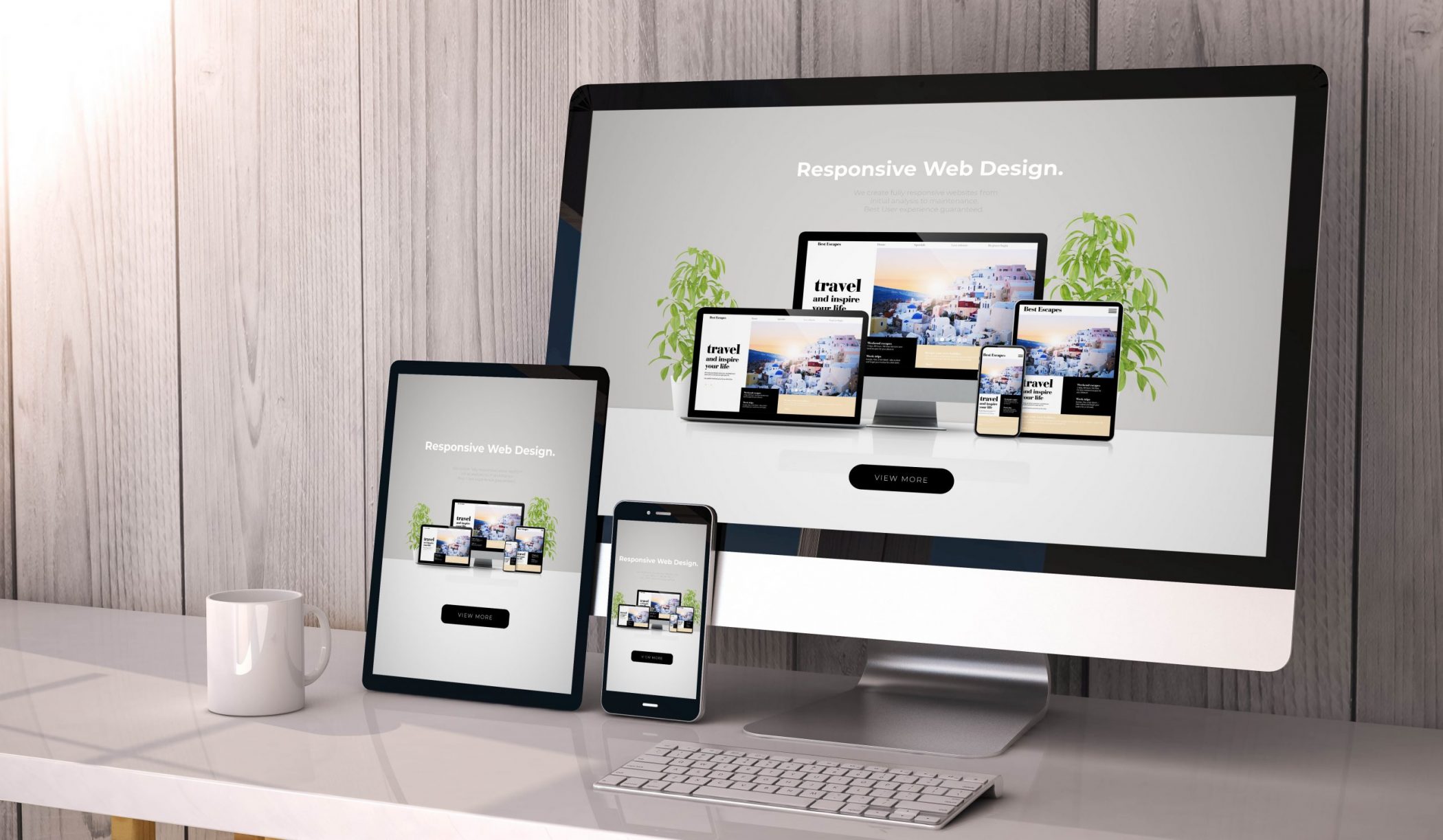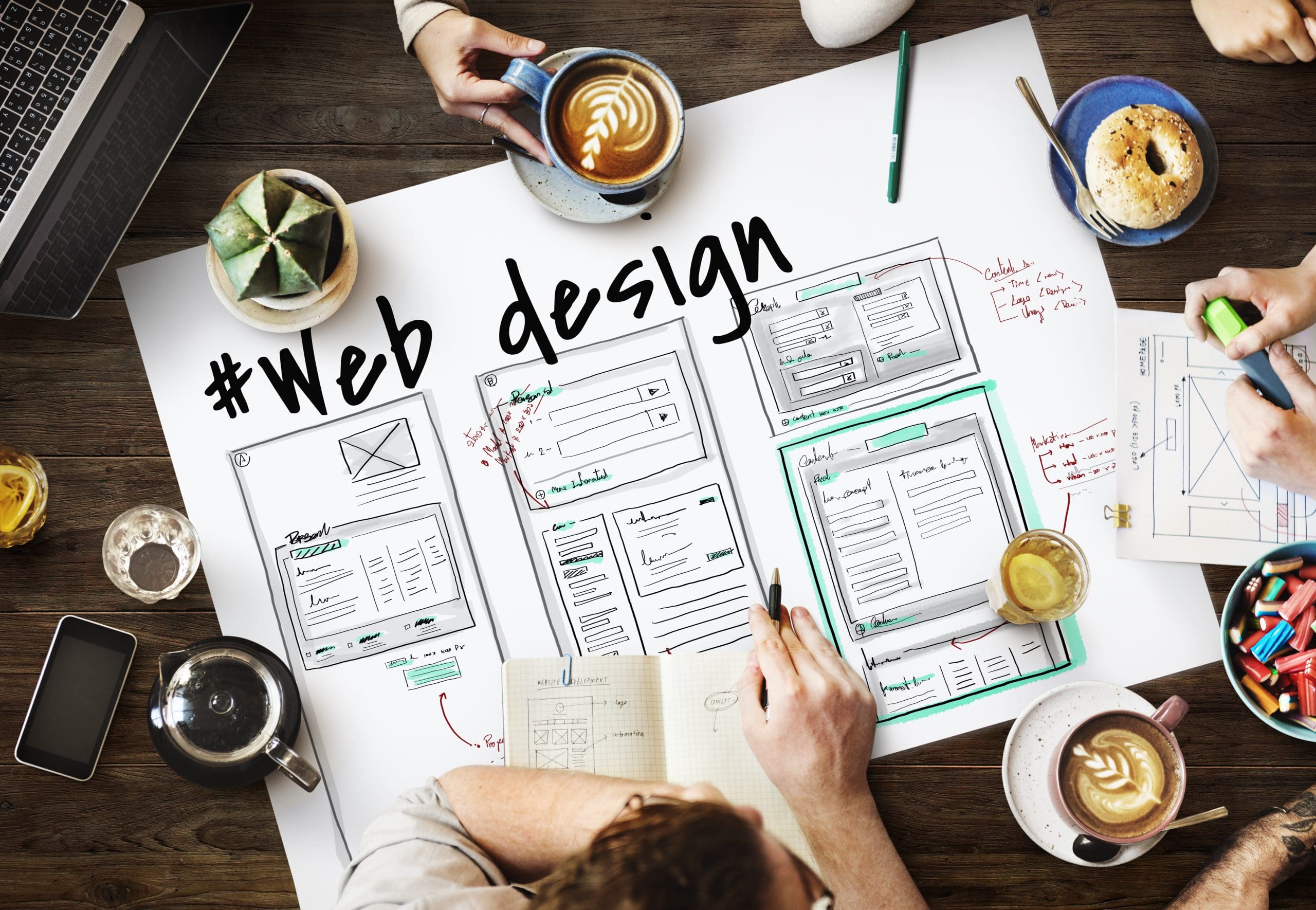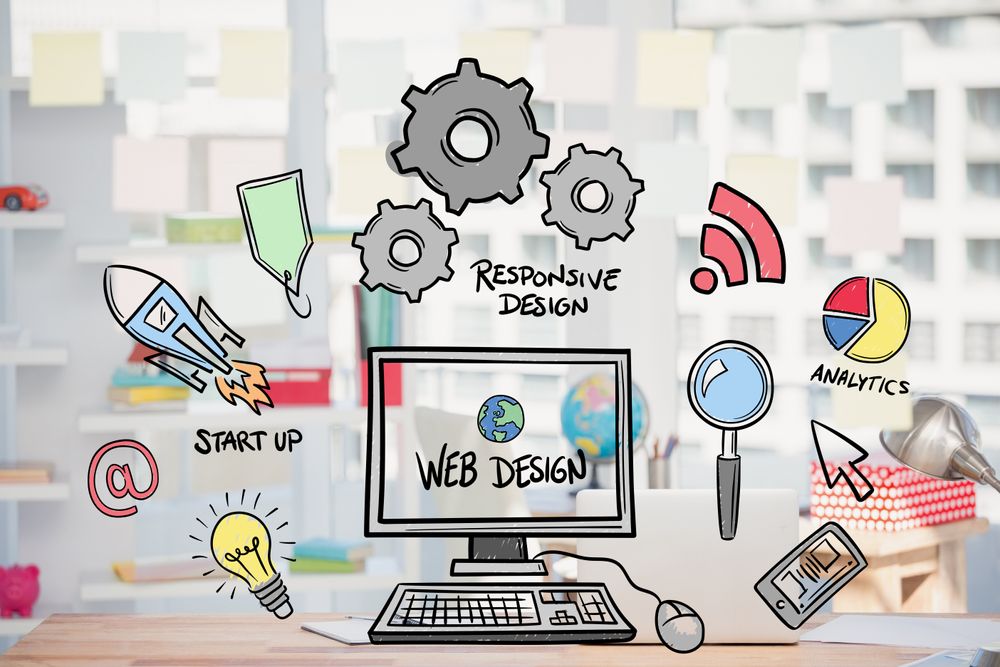The Significance of User Experience in Reliable Web Design Methods
User experience (UX) functions as a foundation in efficient web design techniques. It shapes how customers connect with a website, influencing their fulfillment and probability of returning. A well-designed UX can enhance engagement through intuitive navigating and responsive layouts. However, ignoring these elements may bring about frustration and raised bounce prices. Understanding the complexities of UX is necessary for designers aiming to produce engaging electronic experiences that resonate with diverse audiences. What factors genuinely drive effective user involvement?
Recognizing User Experience and Its Influence On Design
Although user experience (UX) is often viewed as a simple element of web design, it basically forms how customers communicate with a website. UX encompasses all facets of the user's interaction, including usability, availability, and general satisfaction. A favorable UX cultivates engagement, motivating individuals to discover the website and return in the future. On the other hand, an adverse experience can lead to disappointment, resulting in high bounce rates and shed possibilities for conversion.
Style elements like format, material, and navigating organization play essential duties fit this experience. Reliable UX layout anticipates user needs and choices, ensuring that information is quickly available and aesthetically attractive. Furthermore, understanding user behavior via analytics can give valuable insights, educating layout choices that improve functionality. Ultimately, a complete understanding of UX allows developers to create web sites that not only draw in customers but additionally promote purposeful interactions that line up with business goals and user expectations.
Trick Concepts of Efficient User Experience
Effective user experience pivots on a number of vital concepts that improve site functionality and involvement. User-friendly navigation design, responsive design essentials, and the value of aesthetic hierarchy are essential components that add to a seamless communication between individuals and internet content. Understanding these principles allows developers to develop even more easy to use and obtainable digital environments.
Instinctive Navigation Design
User-friendly navigation layout serves as an essential gateway to their total experience when users come across a website. Efficient navigating enables individuals to effortlessly find the info they seek, improving their interaction with the website. Secret concepts consist of clear labeling, logical organization, and regular positioning of navigation aspects. Tags need to be straightforward, allowing individuals to predict the content they will certainly locate. A well-structured pecking order assists customers comprehend the relationship between various sections, directing them through the internet site flawlessly. In addition, receptive menus and conveniently obtainable links contribute to a liquid experience throughout devices. By focusing on instinctive navigation, developers can substantially reduce user stress and rise interaction, eventually promoting a positive understanding of the web site and its content.
Receptive Format Fundamentals
A well-structured navigating system normally results in the need for a receptive design, which is crucial in today's diverse electronic landscape. A receptive design warranties that websites feature flawlessly across various devices, consisting of desktop computers, tablet computers, and smartphones. This versatility enhances user experience by enabling web content to be aesthetically systematic and quickly accessible, no matter of display dimension. Trick concepts of receptive layout consist of liquid grids, versatile images, and media questions, which assist in optimal viewing. In addition, focusing on touch-friendly aspects improves communication on smart phones. By implementing a receptive layout, developers can fit customers' needs, lessen bounce prices, and rise involvement. Eventually, a well-executed receptive layout cultivates a favorable user experience, encouraging visitors to explore the web site further.
Visual Hierarchy Importance
Aesthetic hierarchy plays an essential function in assisting customers with an internet site, guaranteeing that vital details records their attention. By strategically making use of dimension, contrast, spacing, and shade, developers can develop a clear pathway for users to adhere to. Larger elements commonly draw the eye, suggesting their relevance, while contrasting shades can highlight contact us to action. Furthermore, consistent positioning and collection of associated material improve understanding, making navigation instinctive. Reliable usage of aesthetic power structure not just enhances functionality but likewise supports the general aesthetic of the site, cultivating a favorable user experience. When customers can conveniently recognize one of the most important info, they are more probable to engage with the web content, causing increased contentment and interaction with the internet site.
The Function of Use in Web Design
Usability plays an important duty in web design, particularly with navigating simplicity and adherence to accessibility requirements. Effective navigating enhances user fulfillment by allowing visitors to discover details rapidly and intuitively. At the same time, meeting ease of access criteria guarantees that all individuals, despite their capacities, can properly communicate with the internet site.
Navigation Simpleness
Simplicity in navigating stands as a cornerstone of reliable web design, significantly affecting user experience. A structured navigating system permits individuals to discover info quickly and without effort, lowering disappointment and enhancing complete satisfaction. Clear labeling and sensible framework are necessary elements, guiding customers easily with the website. Redundant web links or overly complex food selections can confuse users, causing increased bounce rates. Additionally, mobile responsiveness has to be taken into consideration, making sure navigating remains simple throughout tools. Prioritizing necessary web pages and minimizing clutter even more supports user interaction. Efficient navigation not only promotes a positive experience however additionally urges customers to discover the website extra extensively, inevitably leading to greater conversion rates. In this regard, navigating simplicity works as a vital consider the total efficiency of web design techniques.
Access Specifications
User engagement is greatly enhanced when internet sites adhere to access requirements, her explanation ensuring that all customers, regardless of their abilities, can browse and communicate effectively. Conformity with these standards not only widens the target market but additionally improves total user contentment. Easily accessible style incorporates functions such as text choices for pictures, keyboard navigating, and sufficient shade comparison, which assist in usage by individuals with handicaps. Furthermore, applying these standards can favorably impact seo (SEO) by boosting site framework and quality. As web design progresses, focusing on ease of access comes to be important in promoting a comprehensive digital setting. By embracing these criteria, designers add to an extra equitable net, ultimately driving user commitment and engagement.
Importance of Responsive Design for User Involvement
As consumers progressively accessibility sites via a variety of tools, the significance of responsive style becomes vital for involving users efficiently. Receptive layout guarantees that a web site adjusts perfectly to see page different display sizes, offering an ideal viewing experience no matter the device used. This adaptability enhances user engagement by assisting in easier navigating and communication with web content.
When individuals run into an internet site that is receptive, they are more probable to stay longer, explore better, and return in the future. A properly designed receptive layout minimizes the disappointment commonly related to scrolling and zooming on smaller sized screens, thereby reducing bounce prices. In addition, receptive layout can favorably impact search engine positions, as search engines focus on mobile-friendly internet sites. In today's electronic landscape, where mobile usage remains to climb, carrying out receptive layout is not simply helpful, yet crucial for keeping user engagement and assuring a favorable experience throughout all tools.
Enhancing Load Times for Better User Fulfillment

To enhance tons times, web designers should prioritize maximizing photos, leveraging browser caching, and lessening HTTP demands. Additionally, using Material Delivery Networks (CDNs) can expedite content delivery by distributing it across various geographic places. site web Enhancing code, such as pressing CSS and JavaScript data, additionally adds to quicker packing speeds.
Ultimately, a commitment to improving load times not just enhances user satisfaction yet additionally reinforces brand loyalty and improves the probability of repeat brows through. A swift, smooth experience is essential for keeping customers and promoting positive interactions.
The Influence of Visual Pecking Order on User Interaction
Visual hierarchy serves as an important aspect in directing user interaction on a website. By arranging web content in a means that focuses on details aesthetically, designers can affect exactly how individuals browse and involve with a site. This pecking order is developed via various style strategies, consisting of size, comparison, shade, and spacing. Larger fonts or bold shades draw attention to crucial components, such as phone calls to action or headlines, while controlled colors and smaller sized fonts can suggest secondary information.
Efficient visual hierarchy aids customers rapidly determine what is essential, lowering cognitive tons and boosting use. It enables intuitive navigating, making it easier for users to locate what they need without disappointment. As users connect with a site, a well-structured visual hierarchy cultivates a much more gratifying experience, inevitably resulting in greater involvement and conversion rates. Developers need to prioritize these principles to develop a efficient and user-centered internet atmosphere.
Determining User Experience: Methods and tools

Often Asked Questions
How Can I Enhance My Internet site's User Experience on a Budget?
To enhance a web site's user experience on a budget plan, one can maximize web page lots rate, simplify navigation, apply receptive design, enhance content clearness, and collect user comments for constant improvements, ensuring a rewarding site visitor experience.
What Are Usual User Experience Blunders to Prevent in Web Design?
Usual user experience mistakes in web design include messy designs, inadequate navigation, slow-moving loading times, absence of mobile responsiveness, overlooking ease of access, irregular branding, and failing to focus on user comments - Website Design Agency. Each can considerably prevent overall site performance
Just how Typically Should I Update My Internet Site for Better User Experience?
Websites should be upgraded regularly, ideally every few months, to keep excellent user experience. Regular updates assist address functionality concerns, refresh web content, and adjust to altering user needs, guaranteeing the site stays appropriate and appealing.

Can User Experience Influence SEO Rankings on My Website?
User experience can substantially impact SEO positions, as online search engine prioritize internet sites that supply seamless navigation, quick filling times, and appealing content. A favorable user experience can cause lower bounce prices and greater search exposure.
What Role Does Availability Play in User Experience Layout?
Accessibility plays a necessary function in user experience style by ensuring that all people, no matter capacities, can navigate and engage with an internet site efficiently. This inclusivity boosts general contentment and interaction among diverse customers.
User experience (UX) is frequently perceived as a simple element of web design, it basically forms just how users connect with a web site. User involvement is significantly enhanced when internet sites stick to access criteria, making sure that all users, regardless of their abilities, can navigate and communicate successfully. Determining user experience (UX) is necessary for comprehending how efficiently an internet site meets the demands of its customers. In addition, functionality testing, where actual users navigate the website while viewers keep in mind troubles, uses straight responses on user experience. Usual user experience blunders in internet style consist of chaotic formats, poor navigation, sluggish packing times, absence of mobile responsiveness, overlooking availability, inconsistent branding, and falling short to focus on user comments.